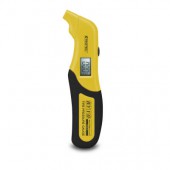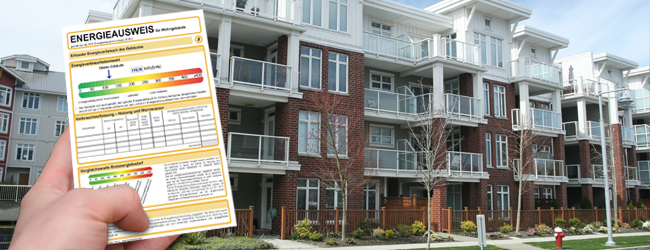 Parting can be sweet sorrow – and especially difficult if the object you are planning on parting company with is that lovely little hatchback, that small-family-sized SUV or that really stylish ragtop which you had once so set your heart on buying. Yet time waits for no man – and for no four-door saloon either – and so having outgrown your car and with that brand new model smiling at you from your local showroom, you decide that the day has come to find your car a new owner.
Parting can be sweet sorrow – and especially difficult if the object you are planning on parting company with is that lovely little hatchback, that small-family-sized SUV or that really stylish ragtop which you had once so set your heart on buying. Yet time waits for no man – and for no four-door saloon either – and so having outgrown your car and with that brand new model smiling at you from your local showroom, you decide that the day has come to find your car a new owner.
But there’s something which could make selling the car with which you share so many a fond memory and which you cherished so dearly even more difficult to sell than you had previously imagined – the smell.
It doesn’t matter how perfect the bodywork is, or how impressive the car’s interior, as soon the buyer who has developed an avid interest in your car catches the smell of stale cigarette smoke or any other persistent odours which have accumulated over the years, then the buyer’s interest doesn’t just cool off – it drops to below freezing.
There is no denying that the smell that smoke leaves behind in the upholstery of your car is a real sales damper. The used and new car portal autoscout24.de wanted to know just how big a role the lingering and often overpowering smell of smoke plays when potential buyers are on the lookout for a new used car. Interestingly enough – although less surprisingly for some – of the 1400 people asked in the survey if this fact would stop them from buying a second-hand car, 54% answered with “yes”. That means that one in two people would not be prepared to buy a car from someone who has smoked regularly in his or her vehicle. And to make matters worse, according to Thomas Firmery of KÜS, the Association of Motor Vehicle Assessors, cars belonging to smokers are often marked down by as much as 3 to 7 percent, which, depending on the car in question, can quite quickly add up to several thousands of pounds or euros.
So what can you do to get rid of that overpowering, lingering stale smell of cigarette smoke from the inside of your car? Well, Step 1 is a good, thorough cleaning: the seats and upholstery have to vacuumed properly and so do the mats in the footwell. Step 2 involves using a suitable shampoo to remove stubborn stains and smells from the car seatbelts and the seats’ fibres and Step 3 includes cleaning just about all the other parts, like the dashboard, components made of synthetic materials, the windscreen and windows and the lining of the roof. And don’t forget the ashtray. If you want to play it really safe, then you might even want to invest in a new one if the old ashtray has seen far better days.
And speaking of playing it safe… in order to achieve not just a good, but a brilliant impression on your next potential buyer, don’t just try to mask any smells which might prove to be the reason for him or her wanting to pull out of an otherwise watertight deal at the last moment – eliminate the smells altogether with an Airozon 5000 , one the mobile odour neutralisers from Trotec. Odour neutralisers like the Airozon 5000 use ozone to not just conceal the smell of smoke or other exceedingly unpleasant odours, including vomit and pet faeces, but crack the molecules that actually cause the smell in the first place, thereby neutralising them both effectively and permanently. All you have to do is follow the instructions and treat your car to the ozone treatment it deserves.
So when you are thinking of buying a new car – and selling your old one beforehand – make sure that you go through the steps mentioned above so that you don’t get caught on the hop when the buyer sticks their head into the inside of your car to “see” what it smells like.
Remember: only the nose knows…


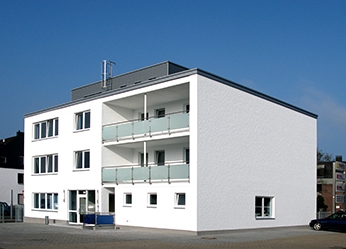
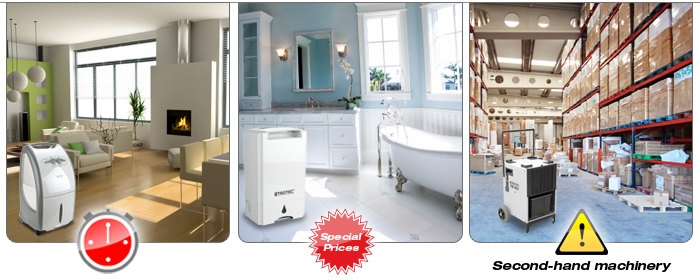

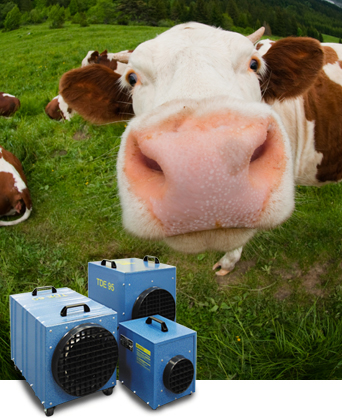 Cows can be very choosy. It’s a well-known fact. And being choosy, they tend to be very picky when it comes to the way they are kept.
Cows can be very choosy. It’s a well-known fact. And being choosy, they tend to be very picky when it comes to the way they are kept.
